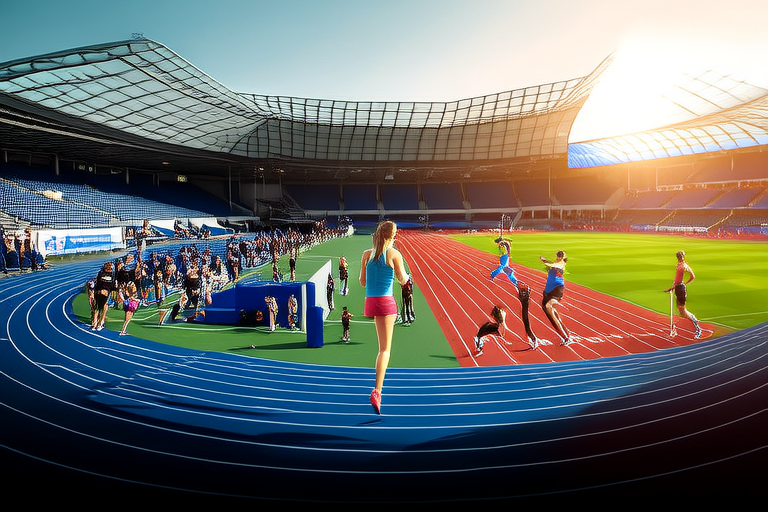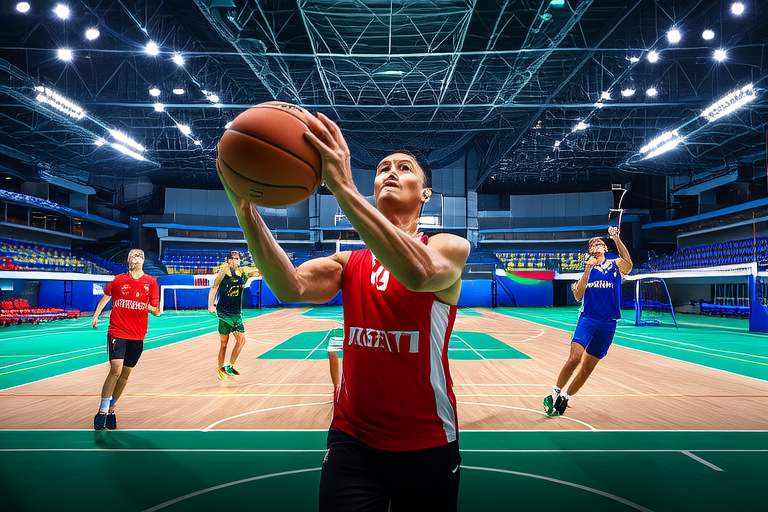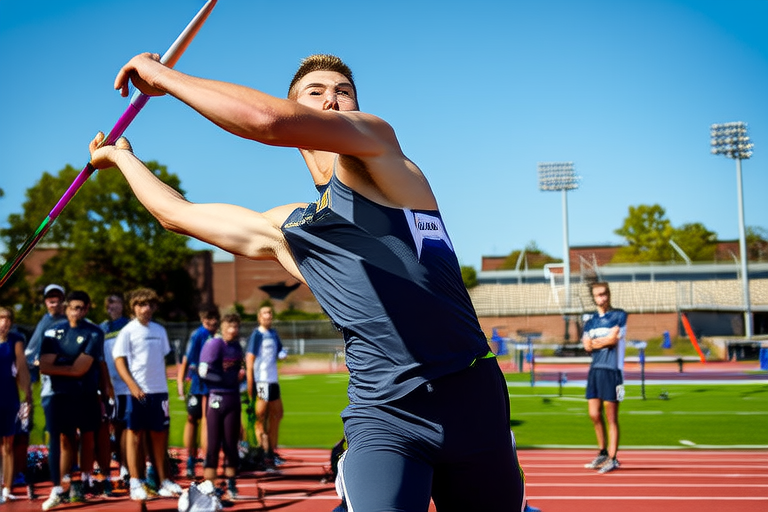Diversity of Sports
Sports play an essential role in promoting physical fitness, mental well-being, social interaction, and skill development. The variety of sports available allows individuals to choose activities that suit their preferences and interests. This article will categorize sports into different types, such as team sports, individual sports, indoor sports, outdoor sports, contact sports, non-contact sports, Olympic sports, extreme sports, water sports, winter sports, and mind sports. We will explore the benefits of each category and provide examples for clarity.
Team Sports
Team sports involve multiple participants working together towards a common goal. These sports foster teamwork, communication, and leadership skills. Participants learn to cooperate with others, share responsibilities, and develop a sense of belonging. Examples of team sports include soccer, basketball, volleyball, and hockey. Engaging in team sports can improve cardiovascular health, enhance muscular strength, and promote coordination. Moreover, team sports offer opportunities for social interaction and building friendships.
Individual Sports
Individual sports are activities performed by a single person. These sports emphasize personal achievement, self-discipline, and perseverance. Participants set personal goals and strive to improve their performance continually. Individual sports can boost self-confidence and resilience. Examples of individual sports include tennis, swimming, running, and cycling. Engaging in individual sports can improve cardiovascular health, enhance muscular strength, and promote flexibility. Additionally, individual sports can help reduce stress and anxiety, leading to improved mental well-being.
Indoor Sports
Indoor sports take place within enclosed facilities, providing protection from adverse weather conditions. These sports are ideal for year-round participation and can be played regardless of external factors. Indoor sports offer a controlled environment, ensuring safety and comfort. Examples of indoor sports include badminton, table tennis, weightlifting, and gymnastics. Participating in indoor sports can improve cardiovascular health, enhance muscular strength, and promote coordination. Furthermore, indoor sports can help reduce stress and anxiety, leading to improved mental well-being.
Outdoor Sports
Outdoor sports take place in natural environments, offering fresh air and sunshine. These sports encourage physical activity and exposure to nature. Outdoor sports can improve cardiovascular health, enhance muscular strength, and promote flexibility. Examples of outdoor sports include hiking, cycling, kayaking, and rock climbing. Participating in outdoor sports can also foster a connection with nature, reducing stress and anxiety. Additionally, outdoor sports can provide opportunities for social interaction and building friendships.
Contact Sports
Contact sports involve physical interaction between participants. These sports require agility, speed, and strength. Contact sports can improve cardiovascular health, enhance muscular strength, and promote coordination. Examples of contact sports include rugby, American football, and boxing. Engaging in contact sports can also develop resilience, discipline, and teamwork. However, participants must be aware of the risks associated with these sports, including injuries and concussions. Proper training and protective equipment are essential for minimizing these risks.
Non-Contact Sports
Non-contact sports do not involve physical interaction between participants. These sports emphasize skill, strategy, and precision. Non-contact sports can improve cardiovascular health, enhance muscular strength, and promote coordination. Examples of non-contact sports include archery, bowling, and golf. Participating in non-contact sports can also enhance mental acuity, focus, and concentration. Additionally, non-contact sports can provide opportunities for social interaction and building friendships.
Olympic Sports
Olympic sports are events included in the Olympic Games. These sports showcase the highest level of athletic competition worldwide. Olympic sports promote physical fitness, mental well-being, and national pride. Examples of Olympic sports include track and field, swimming, gymnastics, and fencing. Engaging in Olympic sports can improve cardiovascular health, enhance muscular strength, and promote coordination. Furthermore, Olympic sports can provide opportunities for international travel and cultural exchange.
Extreme Sports
Extreme sports involve high levels of risk and excitement. These sports challenge participants to push their limits and overcome fears. Extreme sports can improve cardiovascular health, enhance muscular strength, and promote coordination. Examples of extreme sports include skydiving, bungee jumping, and snowboarding. Participating in extreme sports can also foster a sense of adventure and accomplishment. However, participants must be aware of the risks associated with these sports, including injuries and fatalities. Proper training and protective equipment are essential for minimizing these risks.
Water Sports
Water sports take place in aquatic environments, offering unique challenges and experiences. These sports can improve cardiovascular health, enhance muscular strength, and promote coordination. Examples of water sports include surfing, sailing, scuba diving, and synchronized swimming. Participating in water sports can also foster a connection with nature, reducing stress and anxiety. Additionally, water sports can provide opportunities for social interaction and building friendships.
Winter Sports
Winter sports take place during cold weather, offering unique challenges and experiences. These sports can improve cardiovascular health, enhance muscular strength, and promote coordination. Examples of winter sports include skiing, snowboarding, ice skating, and curling. Participating in winter sports can also foster a connection with nature, reducing stress and anxiety. Additionally, winter sports can provide opportunities for social interaction and building friendships.
Mind Sports
Mind sports are activities that emphasize mental acuity, focus, and concentration. These sports can improve cognitive function, enhance problem-solving skills, and promote strategic thinking. Examples of mind sports include chess, bridge, and Go. Engaging in mind sports can also enhance memory, attention, and creativity. Additionally, mind sports can provide opportunities for social interaction and building friendships.
Conclusion
The diversity of sports offers numerous benefits for physical fitness, mental well-being, social interaction, and skill development. Team sports foster teamwork and cooperation, while individual sports emphasize personal achievement and self-discipline. Indoor sports provide a controlled environment, ensuring safety and comfort, whereas outdoor sports encourage physical activity and exposure to nature. Contact sports challenge participants to push their limits and overcome fears, while non-contact sports emphasize skill, strategy, and precision. Olympic sports showcase the highest level of athletic competition worldwide, while extreme sports offer unique challenges and experiences. Water sports and winter sports take place in aquatic and cold environments, respectively, offering distinct advantages. Mind sports emphasize mental acuity, focus, and concentration. By exploring the various categories of sports, individuals can find activities that suit their preferences and interests, promoting a healthy and active lifestyle.










